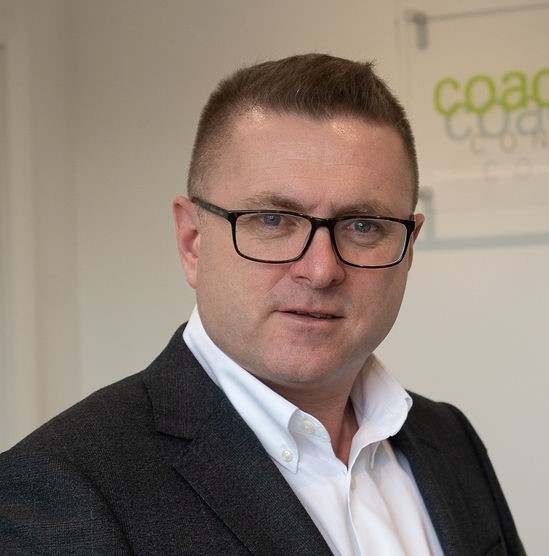Original Equipment Manufacturers (OEMs), their National Sales Companies and franchised car retailer networks need to upweight plans to stop the erosion of overhead absorption across the franchised sector, if the viability of their operations is to be improved and customer confidence maintained.
The continued failure to address overhead absorption is too readily accepted, with the retail sector losing hundreds of millions of pounds per annum as a result, with customers at risk of being compromised in the process.
There now exists an institutionalised acceptance of low overhead absorption which is causing long term damage to retailers. In any trading environment this is ridiculous, but given the current uncertainties in the UK this is particularly alarming.
At Coachworks Consulting we are typically seeing overhead absorption rates as low as 50 to 60% within some dealer networks; well below the widely accepted 80% industry benchmark.
Across many groups we are seeing aftersales gross profit being compromised because of an unplanned workshop bias towards internal and warranty work, and this is often as a result of an inertia to address the basics around volume planning, staffing levels and efficiencies.
Any semblance of order is further compromised during the plate-change months or when a major recall campaign is announced.
Clearly a more measured approach to volume planning is required based upon the real opportunity available and accurate calendarisation, rather than the “last year plus a percentage” approach which too often prevails.
Unless the staffing levels to achieve an optimised performance are put in place, work will continue to be identified during the VHC process but then not completed on the day due to a lack of available workshop hours. This not only leads to lost revenue but also inconvenience for the customer, many of whom defer having the work done or go elsewhere for a more convenient and perceived cheaper fix.
Where OEMs have been less reliant upon new car product real progress has been made. Honda is a good example of this with its network average absorption rate close to the industry benchmark and their upper quartile performance surpassing this.
Likewise the recently reported Mission 100 initiative by Sytner Group, targeting 100% absorption across its business within the next two years, is to be applauded.
Sytner’s target is bold and backed with investment in people, notably extra technicians, when other groups are cutting headcount whilst ignoring untapped opportunities to sell more retail hours.
The group’s commitment to attracting the best people, developing them and reducing staff churn should be considered as a behaviour benchmark for others to follow.
Our experience of working with many different car brands, dealer networks and groups shows an extra technician only needs to be around 20% productive to cover their cost.
More OEMs need to encourage their networks to not just resource up now, but also prepare to take on a raft of apprentices over the coming years.
I recognise that with the lowest levels of unemployment in the UK since 1974, recruiting the best people isn’t quick or easy, so more needs to be done immediately to allow existing technicians to remain focussed on productive work.
Technicians should not be wasting time jockeying cars around, queuing for parts or getting bogged down in administration; these duties should be transferred to other personnel freeing them to focus on productive work.
Targeting improved workshop loading with a greater retail content and vehicle health check optimisation should be a priority for every leadership team and will help break our sector’s institutionalised acceptance of low overhead absorption.
Author: Karl Davis, managing director, Coachworks Consulting















Login to comment
Comments
No comments have been made yet.